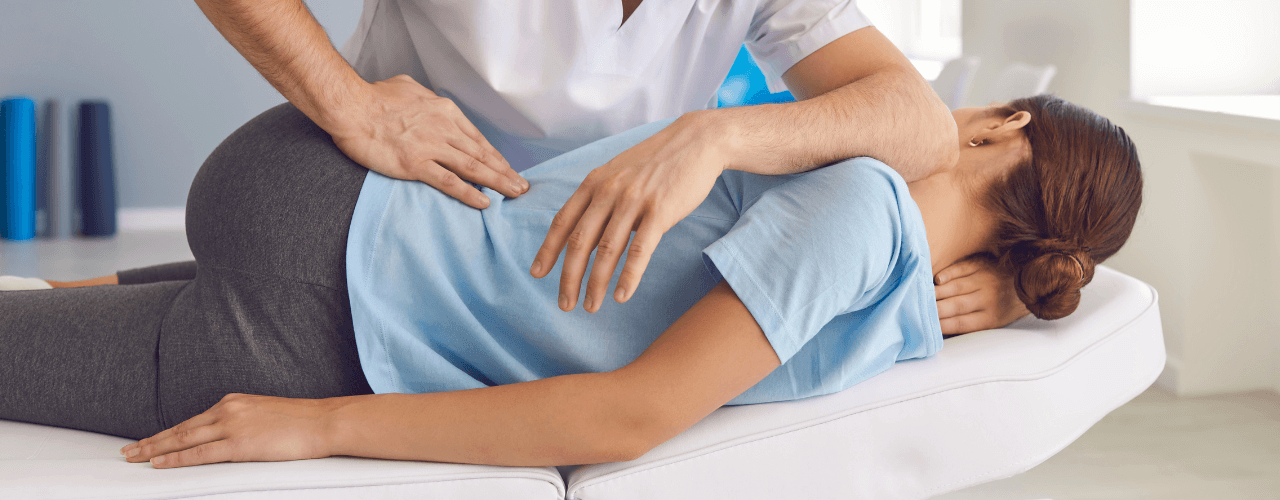Physical therapy could help you find the answer!
The knees and hips are important, complex areas of the body. There are several tendons, joints, and muscles that are joined together in these parts of your body, and they help you to move in normal ways. However, if these areas are damaged at all, or if you’re feeling pain in them, it can become very difficult to do the things you normally do.
Are you struggling with debilitating or uncomfortable pain in your knees or hips? You’re not the only one. According to the American Academy of Orthopaedic Surgeons, knee pain is a common condition resulting in 19.4 million pain-related visits to a physician’s office each year!
Thankfully, physical therapy can help relieve knee and hip pain! Call our office to learn more about how a trained physical therapist can help give you the long-o pain relief you deserve.
Common pain conditions affecting the knees and hips
The movement of your knees and hips might be hampered by a variety of problems. Traumatic injury, chronic disease, or repeated motions performed as part of a work, sport, or hobby can all create these problems.
- Strains and sprains – Strains and sprains are common ailments that occur in a variety of ways. When a muscle or tendon is overstretched or ruptured, a strain occurs. A sprain occurs when a ligament is stretched or torn. Ligaments can even rupture, resulting in bruising, mobility restrictions, and pain.
A physical therapist can demonstrate activities that will aid with your recovery. They can also teach you how to move in order to avoid further injury or suffering. - Bursitis – Bursitis is a painful inflammation of a tiny sac of fluid called the “bursa.” This, like many other conditions, is caused by overuse or repetitive injuries. Bursitis can affect the elbows, knees,, and hips, among other places on the body. Physical therapy can aid with bursitis pain relief and speed up recovery times.
- Arthritis – Arthritis, also known as “osteoarthritis,” is a disease in which the tissues around the joints become inflamed and irritated. I This illness can cause discomfort in your hands, knees, and hips, among other sites on your body. A physical therapist can educate you how to maintain healthy posture and movement patterns to protect your joints and keep your arthritis from taking over your daily activities.
- Tears in the meniscus – Meniscus tears are unfortunately one of the most common types of knee injury. Swelling, stiffness, and varied degrees of discomfort are all symptoms of this injury. If you’re doing a lot of hard pivoting and twisting with your legs, you’re more likely to get this energy. Athletes frequently cry as a result of this. Without surgery, a physical therapist can treat a torn meniscus in a safe and effective manner.
Finding true pain relief with physical therapy
Your discomfort may seem overwhelming, but a physical therapist can help you lessen it no matter what illness you’re living with!
Your mobility specialist will evaluate your health, medical history, and pain levels in order to design a customized program that matches your specific requirements. Continue reading to learn more about how a physical therapist can help you lessen and relieve hip and knee pain.
- Ice & Heat – A physical therapist may use ice packs to reduce swelling and inflammation. Heat is also commonly used during physical therapy to help increase mobility and reduce pain.
- Manual Physical Therapy – Hands-on techniques are used often in physical therapy to reduce pain in your hips and knees. This could include stretching exercises or a variety of massage techniques.
- Laser Therapy – Laser therapy has become much more popular in physical therapy for pain management. It can help improve the growth and reproduction of cells, increase circulation, and also reduce inflammation.
- Ultrasound Therapy – Ultrasound therapy can be used in physical therapy to provide soothing heat to deep tissues. A licensed physical therapist can also utilize ultrasound technology to easily identify specific areas of pain.
- At-Home Exercises – Did you know you don’t always have to be in a clinical setting to do physical therapy exercises? It’s true! Physical therapy techniques can be incorporated into a home exercise program that can become part of your daily routine.
Your battle with pain is over
Your physical therapist may examine your entire body, diagnose the painful places in your hips and knees, and design a treatment plan just for you.
You have the right to return to the activities you enjoy without fear of your hips and knees limiting you. So, what are you waiting for? Get comfort from one of our highly skilled physical therapists!
Contact (practice name) in (town) to schedule your one-on-one evaluation today, and get back on the road to recovery.


